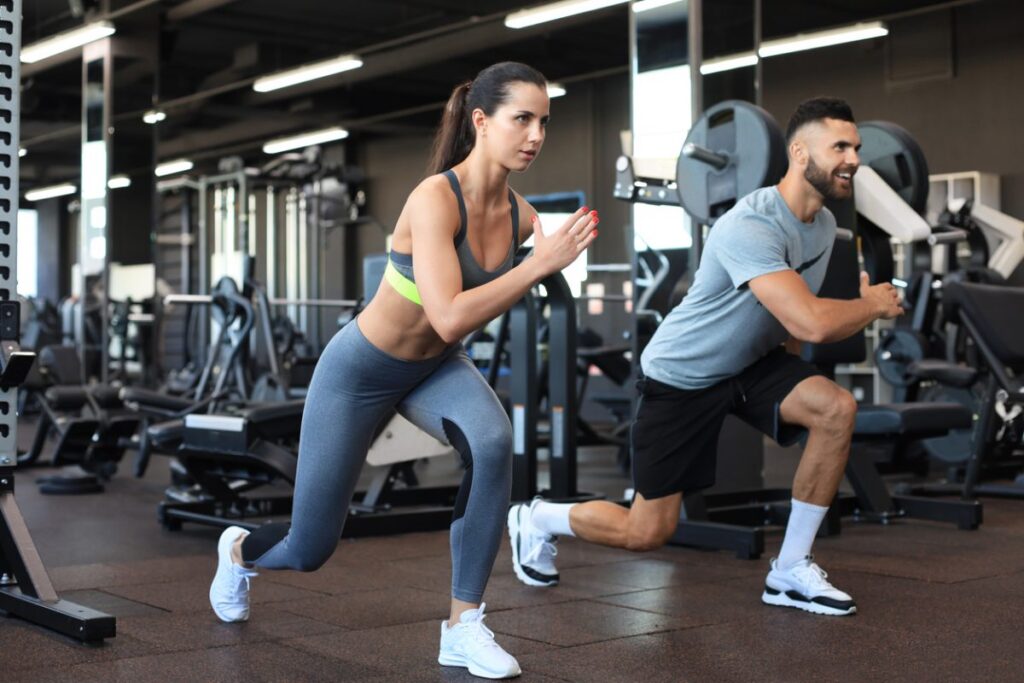Strength Training for Injury Prevention: What Every Athlete Should Know

Of course! Here’s a polished and informative article tailored for your sports care website on:
💪 Strength Training for Injury Prevention: What Every Athlete Should Know
Injury prevention isn’t just about stretching or warming up—it starts in the weight room. Whether you’re a weekend warrior or a competitive athlete, strength training is one of the most effective ways to reduce your risk of injury, enhance performance, and stay in the game longer.
Here’s what every athlete needs to know about using strength training as a powerful tool for injury prevention.
🧠 Why Strength Training Matters for Injury Prevention
When your muscles are strong and balanced, they:
- Absorb more force (reducing stress on joints and ligaments)
- Stabilize your movements
- Correct imbalances and poor posture
- Help you recover faster and stay more resilient over time
Even better? Strength training builds confidence and control, so your movements are more efficient and less injury-prone in real-time competition.
🦵 1. Focus on Functional Strength, Not Just Size
Strength for athletes is about function over aesthetics. You need movements that translate to your sport—think jumping, cutting, sprinting, and landing safely.
🔑 Key Functional Exercises:
- Squats (and single-leg variations)
- Deadlifts
- Lunges
- Pull-ups / Rows
- Push-ups / Presses
These movements engage multiple muscle groups, improve joint stability, and mimic athletic patterns.
⚖️ 2. Train for Balance and Symmetry
Muscle imbalances are a leading cause of injury. Overdeveloped quads with weak hamstrings? Hello, ACL tear risk. A strong throwing arm with a weak rotator cuff? Shoulder trouble incoming.
✅ Prevent It By:
- Training both sides equally
- Including unilateral exercises (e.g., single-leg squats, one-arm rows)
- Regularly assessing mobility and strength differences
🧘 3. Incorporate Core & Stabilizer Work
Your core is your control center. A weak core = poor movement mechanics = higher injury risk.
Core Exercises for Injury Prevention:
- Planks (and variations)
- Dead bugs
- Bird-dogs
- Pallof presses
- Stability ball rollouts
Don’t forget stabilizer muscles like the glutes, rotator cuff, and deep hip muscles—they’re crucial for joint protection.
🔄 4. Train Eccentrically (Slow and Controlled)
Most injuries happen during deceleration—landing, cutting, slowing down. That’s why eccentric strength training (slow lowering) is essential.
Examples:
- Nordic hamstring curls
- Tempo squats (3–5 seconds down)
- Slow step-downs
This type of training increases tendon strength and reduces strain on ligaments.
🏋️♂️ 5. Don’t Skip Movement Prep (Warm-Ups)
Strength training helps prevent injury, but how you train matters. Going straight into heavy lifts without prep? That’s how athletes get hurt.
Smart Warm-Up Routine:
- Dynamic stretches (leg swings, arm circles)
- Glute activation (monster walks, hip bridges)
- Light mobility drills for hips, shoulders, and ankles
📆 6. Prioritize Recovery & Programming
Injury prevention isn’t just about what you do—it’s also about how much and how often.
Tips for Smart Programming:
- Alternate hard and light days
- Don’t max out every session
- Include 1–2 rest or active recovery days per week
- Sleep, hydrate, and eat to support recovery
🎯 Sample Weekly Injury-Prevention Strength Split
| Day | Focus |
|---|---|
| Monday | Lower Body + Core (Heavy) |
| Tuesday | Upper Body (Moderate) + Mobility |
| Wednesday | Active Recovery / Light Cardio |
| Thursday | Functional Full-Body + Balance Work |
| Friday | Lower Body (Eccentric Focus) |
| Saturday | Sport-Specific Drills + Stability |
| Sunday | Rest or Gentle Stretching |
🏁 Final Thoughts
Strength training isn’t just for performance—it’s your first line of defense against injury. Train smart, build balanced strength, and you’ll set yourself up for a longer, stronger, and safer athletic career.
Strong muscles protect vulnerable joints. Train to last, not just to lift.
Need a personalized strength plan based on your sport or injury history? Our certified sports care team is ready to help you build a safe, powerful foundation.
Would you like me to follow up with a downloadable injury-prevention strength program, add SEO tags, or create visual workout infographics for this article?

Post Comment